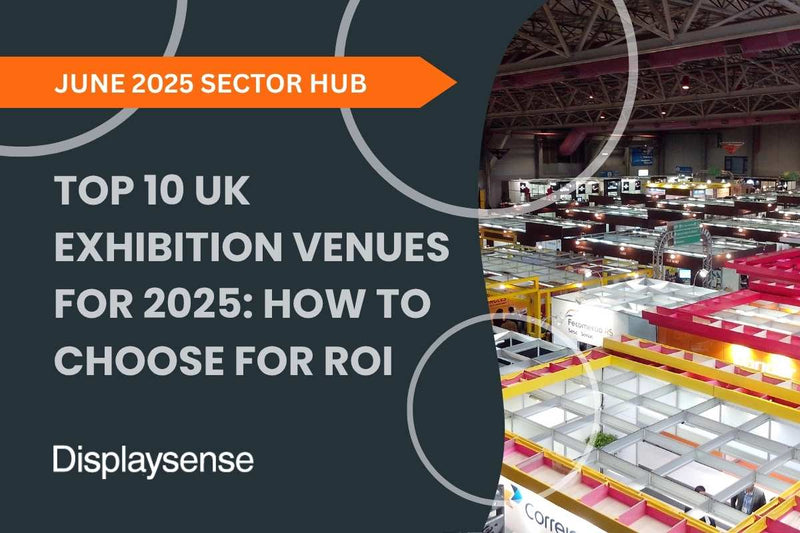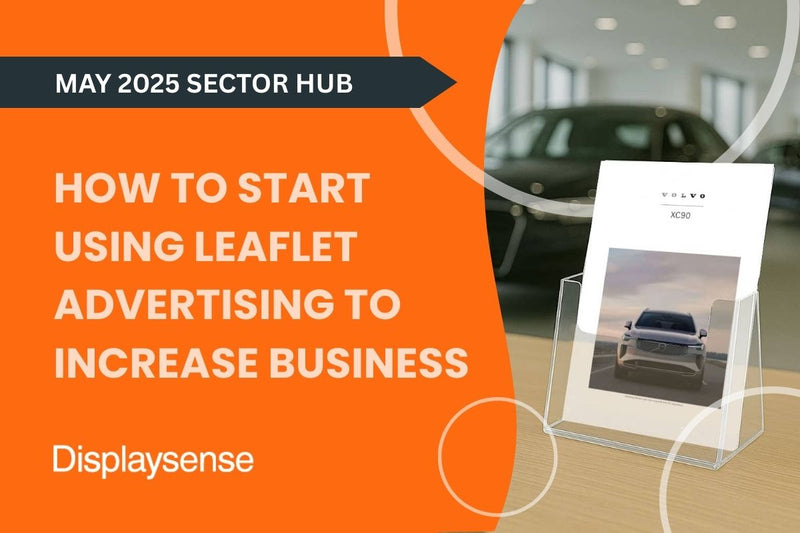What Is Retail Signage?

What Is Retail Signage?
Retail signage is any visual communication used in and around a store to guide, inform, or persuade customers. From shopfront A-boards to in-aisle price tickets and digital menu boards, signage shapes the journey from pavement to purchase. It can be produced in vinyl, paper, aluminium, acrylic and more — and designed to suit any budget or brand style.
Why Businesses Use It
Good signage does three jobs brilliantly: attract attention, guide behaviour, and convert interest into sales.
- Attract customers: Clear messages and visibility at street level win the scroll-stopping battle in real life. Start with weather-ready pavement signs and window posters.
- Advertise offers: Keep promotions front of mind using snap frames so teams can update content in seconds.
- Guide customers: Wayfinding reduces friction and dwell in the wrong places. Use wall sign holders to mark departments, tills, collections, and policies.

Types of Retail Signage
External (Shopfront)
Everything the public sees outside: fascia, projecting signs, window graphics, and A-boards. Prioritise readability at distance, weather resistance, and fast poster changes.
For high streets and forecourts, choose water-base or wind-resistant pavement signs and laminate prints to prevent moisture damage.
Internal / Wayfinding
Directional and informational signs that move customers efficiently: aisle markers, floor arrows, policy notices. Mix permanent frames with flexible boards for events.
Popular choices: wall sign holders, display boards, and A4 snap frames.
Point of Sale (POS)
POS signage highlights pricing, bundles, and last-minute add-ons at the shelf or till. Use consistent price ticket formats and keep benefits prominent: size, key feature, value. Frames with anti-glare covers keep prints legible under bright lighting.
Digital Signage
Screens are brilliant for time-bound offers and motion-led storytelling. Keep dwell time short (5–7 words per slide), stick to brand colours, and schedule content like you schedule email campaigns. Digital works best when mirrored in physical touchpoints (e.g., the same offer in a snap frame beside the screen).
Benefits of Retail Signage
- Attract passers-by: Bold headlines and contrast lift visibility in busy environments.
- Improve brand recognition: Repeating colours, icons, and voice builds trust and recall.
- Increase sales: Clear price communication and cross-sell prompts raise average order value.
- Enhance experience: Wayfinding reduces frustration, speeding customers to what they need.
- Cost-effective: Once installed, frames and boards work 24/7 with low refresh costs.

Choosing the Right Hardware
| Use Case | Recommended Hardware | Why It Works |
|---|---|---|
| Street-side offers | Pavement signs / A-boards | High visibility, fast swap posters, weather-ready options. |
| Entrance messaging | Lockable snap frames | Protects prints, keeps notices tidy in high-traffic areas. |
| In-aisle promotions | A4 snap frames | Tool-free poster changes by store teams in seconds. |
| Wayfinding & policies | Wall sign holders | Crisp presentation for permanent routes and notices. |
| Flexible notices | Display boards | Moveable messaging for events, open days, pop-ups. |
Implementation Tips (That Actually Work)
- Hierarchy first: One headline, one action. Don’t battle your own message.
- Distance proof: Print a draft at size and test from 3–5 metres away.
- Contrast > colour: If in doubt, dark text on light background wins.
- Refresh rhythm: Align poster changes to the trade calendar (paydays, holidays, local events).
- Maintain hardware: Replace scuffed covers and bent frames; cleanliness = credibility.
“Your best sign is the one customers actually see and understand in under three seconds.”
Browse Signs & Displays
Prepared by Displaysense. Updated for 2025 retail trends and best practice.



